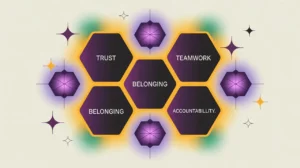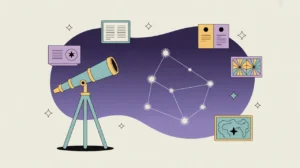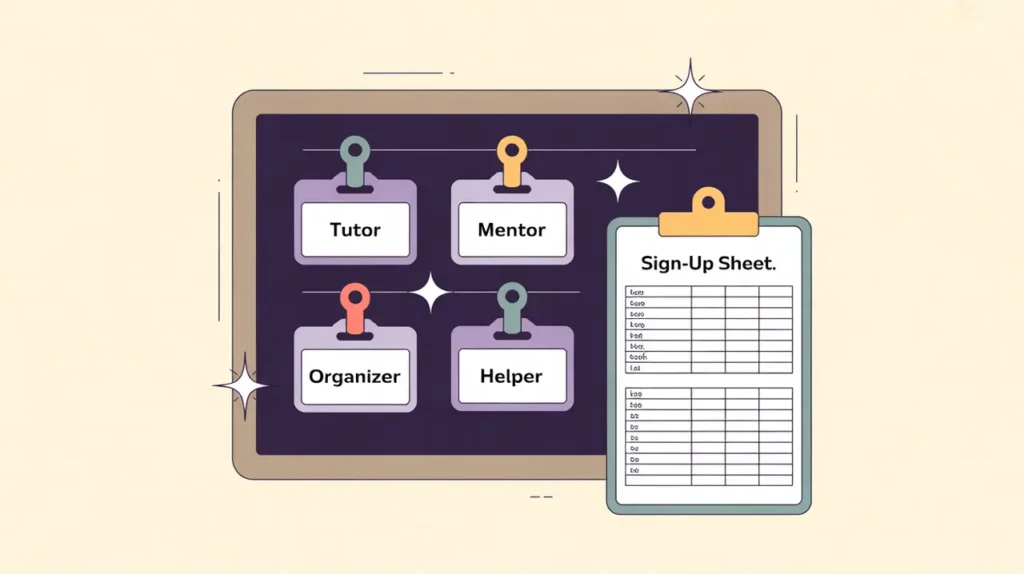What Do Recruitment & Onboarding Involve?
Recruitment and onboarding ensure that nonprofits attract the right talent and set them up for success. Recruitment focuses on identifying, sourcing, and selecting candidates who align with the organization’s mission and culture. Onboarding ensures that new hires are welcomed, trained, and integrated into teams with clarity about their roles, expectations, and growth opportunities.
In practice, recruitment involves drafting job descriptions, posting opportunities, screening applicants, interviewing candidates, and coordinating hiring processes. Onboarding includes orientation sessions, training on systems and policies, introductions to colleagues, and structured support during the first months. Together, these processes reduce turnover, strengthen culture, and accelerate staff contributions.
When nonprofits underinvest in recruitment and onboarding, they risk mis-hires, staff disengagement, and higher turnover. Strong performance in this area ensures that talented individuals join and remain committed to the mission.
What Competencies are Associated with this Role?
Recruitment and onboarding require people skills, organization, and strategic alignment. Competencies include:
- Writing clear and inclusive job descriptions
- Using sourcing platforms and networks to attract candidates
- Managing application systems and shortlisting processes
- Conducting structured and fair interviews
- Coordinating references and offers
- Designing onboarding plans and orientation sessions
- Training on organizational culture, values, and policies
- Supporting early performance feedback and integration
- Ensuring equity and accessibility in recruitment processes
- Monitoring and improving recruitment and onboarding outcomes
How Might AI and Automation Help this Role?
AI and automation can streamline processes and improve candidate experiences. Opportunities include:
- AI-powered job description drafting with inclusive language checks
- Automated applicant tracking and ranking systems
- Chatbots to answer candidate questions during hiring
- Video interview platforms with AI-assisted scheduling
- Predictive analytics to forecast candidate fit and retention
- Generative AI to prepare onboarding materials and handbooks
- Automated reminders for onboarding milestones and tasks
- AI dashboards to monitor recruitment metrics and diversity indicators
What are the Roles by Experience Level?
Roles progress from administrative support to HR leadership:
- Entry: HR Assistant, Recruitment Clerk – manage postings, track applicants, support orientation logistics
- Mid: Recruitment Officer, Onboarding Specialist – conduct interviews, design onboarding plans, monitor candidate experience
- Senior: HR Manager, Recruitment Lead – oversee recruitment strategy, manage onboarding systems, liaise with leadership
- Executive: Director of HR, Chief People Officer – set organizational talent strategy, ensure equity, lead workforce planning
How Transferable are the Skills from this Role?
Recruitment and onboarding skills transfer widely across HR, talent management, and leadership roles. Within nonprofits, they open pathways to HR management, organizational development, or culture leadership. Beyond nonprofits, they align with careers in corporate HR, recruitment firms, government, and education. The ability to attract, integrate, and retain talent is critical in every sector.







